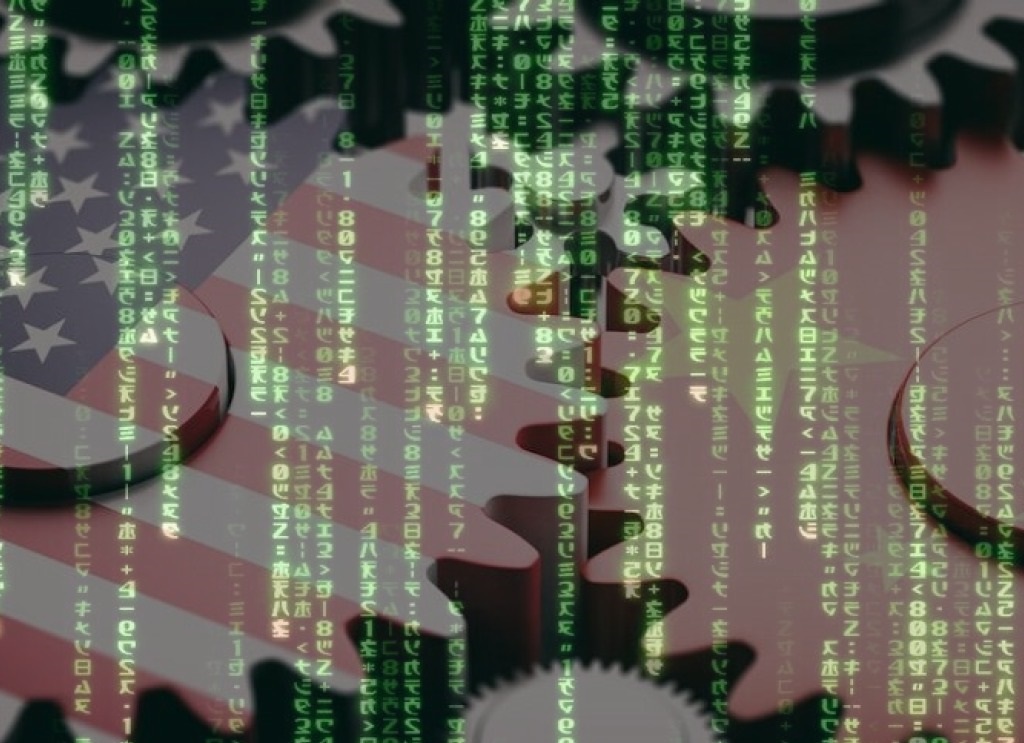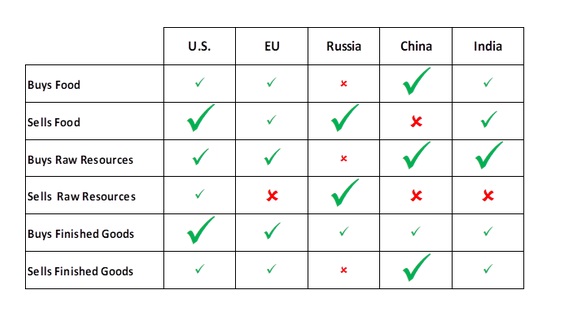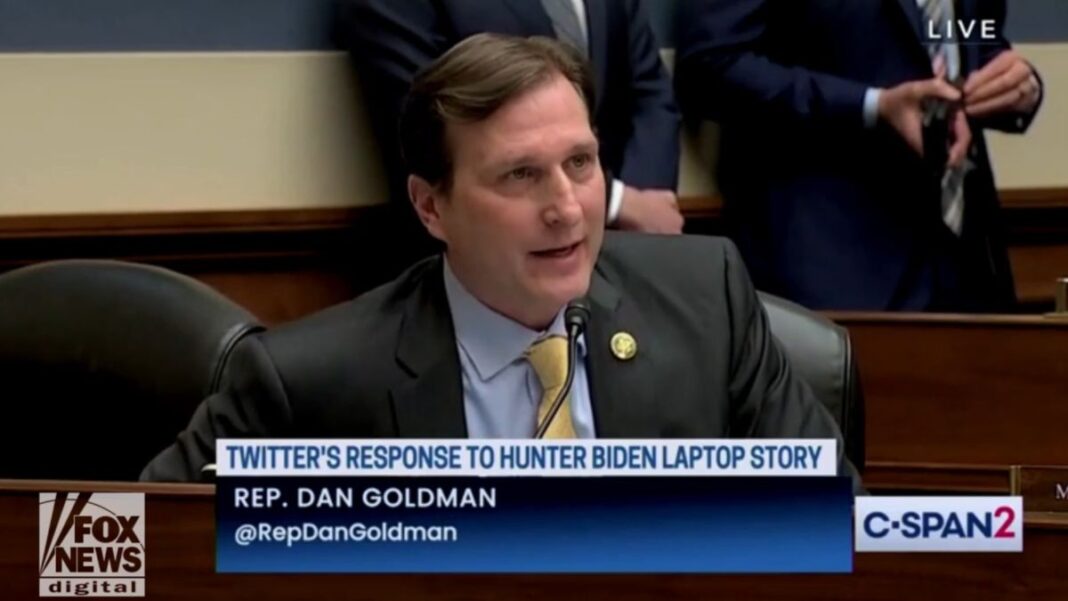The Ukrainian war, which began in 2014, has been a long and bloody conflict between Ukraine and Russia, with the annexation of Crimea being the starting point of the conflict. The war has resulted in the loss of thousands of lives and has caused significant economic and political turmoil in the region. There are two distinct potential strategies that Ukraine and the West could pursue to end the war – negotiating with Russia or defeating Russia and Putin. Both strategies come with significant risks.
The first strategy is to negotiate with Russia to end the war. This approach requires Ukraine to engage in diplomatic negotiations with Russia and reach a peaceful settlement that both sides can agree upon. This strategy has the potential to bring an end to the conflict without further loss of life and reduce economic and political turmoil in the region. However, the risk is that Russia may not be willing to negotiate, or Ukraine may have to make significant concessions to achieve a settlement, which may not be in the best interests of Ukraine.
The second strategy is to defeat Russia and Putin. This approach requires Ukraine to continue its military offensive against Russia and attempt to force Russia to withdraw its troops from Ukraine. This strategy has the potential to give Ukraine control over its territory and to ensure its sovereignty. However, the risk is that this strategy could lead to a larger conflict involving other countries and possibly result in a global nuclear conflict.
Which strategy would be best for the US and the Western world?
Few are talking about the decline of the dollar as the world’s reserve currency nor the costs of the Ukrainian conflict in terms of its geopolitical results – but maybe we should. People are instead talking about how many Nazis are involved, spinning historical facts, eyeing potential resource gains, how effective sanctions are, isolationist strategies, or defending “democracy from an invading neighbor. Perhaps none of these issues really matter.
What about the geopolitical results regardless of these details? Below is an interesting “Geopolitical Matrix” postulated by Academy Securities when thinking about “who needs who.” It is simplistic and not at all rigorous in terms of underlying data, but probably good enough to illustrate what possible outcomes could occur.
“Geopolitical Matrix” has on its “X-axis” the names of the major players on the geopolitical stage. The “Y’axis” has the player’s needs in terms of food, raw material resources, and finished goods markets. There are four levels of strengths (small and large green checkmarks) vs. weakness (small and large red “X”) at the point of intersection of these two axes. The “Geopolitical Matrix” has been filled in with the author’s beliefs of the strengths and weaknesses of the players.
The “Geopolitical Matrix” analysis.
Anywhere you have a large “green checkmark” in one country and a corresponding “large red X” in another, there should be the possibility of doing business and could be natural allies – the inverse would also be true with inverse outcomes. Notice that wherever Russia has a “large red X,” China has a “large green checkmark,” and vice versa. This is mostly true between India and Russia as well – this could also include other BRIC nations. The EU has little effect either way, though it follows the US in terms of its strengths and weakness.
This simple analysis of this “Geopolitical Matrix” shows where the breakdown of the eventual outcomes will lie. Simply put, it is the West (the US and the EU) against the BRIC nations. The US could be strong enough to go it alone, compared to the EU. Hence, the EU is the odd man out and may have to switch sides if the US ever decides to go it alone. Based on this “Geopolitical Matrix” thinking, the following could be news events that may play out over the next several months.
- A Ukrainian peace plan could emerge, or China will enter the conflict as an arms supplier to Russia – especially if the West continues pouring more military resources into Ukraine. Something the US has warned China about – see here – and would be a major escalation of the conflict.
- If the US (and the West) are successful in defanging Russia and Putin and then replacing Putin with a pro-Western leader in Moscow – this would also lead to a potential, even nuclear, flash point. China will not allow itself to stand alone (with BRIC support) against the US and let Russia be defeated without a fight.
Perhaps this “Geopolitical Matrix” is too simplistic, but we will see if these natural strengths and weaknesses of the players in the Ukrainian conflict play out when we watch the news events unfold over the next few months. Give us your take on any alternative ideas in the comment section below.







